'The Manuscript of Monte Cassino'
This sculpture of disembodied body parts forms a poignant memory of the horrors of World War II.
Born in 1924 in the Edinburgh neighborhood of Leith to a family of Italian immigrants, Eduardo Paolozzi grew up to become one of the United Kingdom’s most notable artists. He’s widely considered as a pioneer of British Pop Art.
Growing up during World War II, Paolozzi was sent to fascist youth camps in Italy. When the United Kingdom declared German and Italian migrants, as well as their descendants in the country as “enemy aliens,” he and his father were forcefully imprisoned for three months in 1940.
His father and grandfather were eventually deported to Canada, but died along the way when their ship was torpedoed by German forces. At the time, Paolozzi was studying art in London, and was also drafted into the British Army’s auxiliary unit. While it’s believed that he did not have a strong reaction to the death of his family members, his 1991 work, “The Manuscript of Monte Cassino,” shows that this event and the war affected him deeply.
The Monte Cassino was actually a real medieval abbey. Inside were priceless artifacts such as books, prints, and various manuscripts. It was all destroyed during Allied bombing raids at the 1944 Battle of Monte Cassino. Memories of the abbey inspired Paolozzi to create this monumental work.
Initially installed in Picardy Place and known colloquially as “The Foot” and “The Hand,” this work is a series of three sculptures featuring disembodied body parts. Symbolism is present in all three elements, featuring geometric shapes that seem to break the body parts up. “The Manuscript” brings to mind the horror and destruction of war in a manner similar to Picasso’s “Guernica.”
Nearly 15 years after Paolozzi’s death, “The Manuscript” is now displayed in front of the steps leading to St. Mary’s Catholic Cathedral. Paolozzi on the other hand, is forever known as an icon of Scottish and British art. He is also considered one of the most important Britons of Italian descent.
Know Before You Go
The sculptured pieces have returned to their original site near Picardy Place, in front of St. Mary's Catholic Cathedral. They are visible at all times.

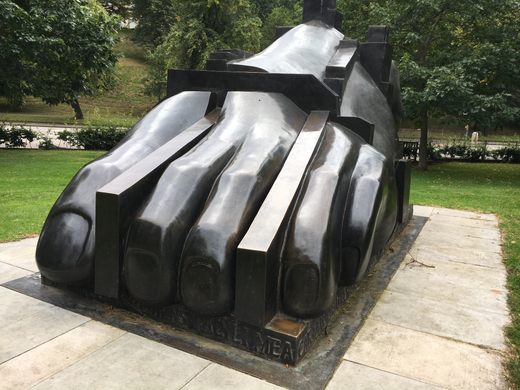



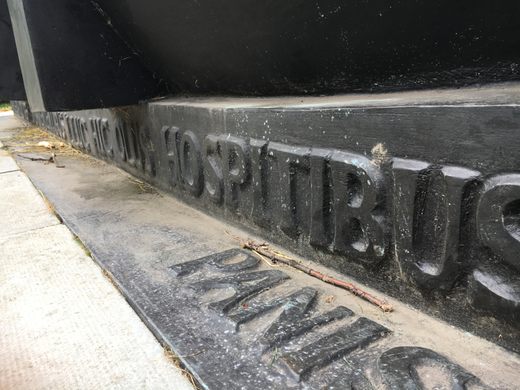


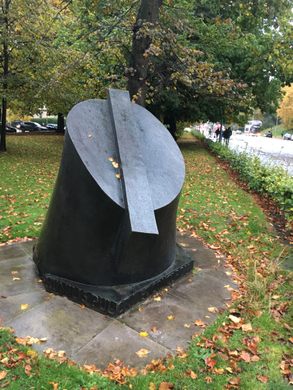
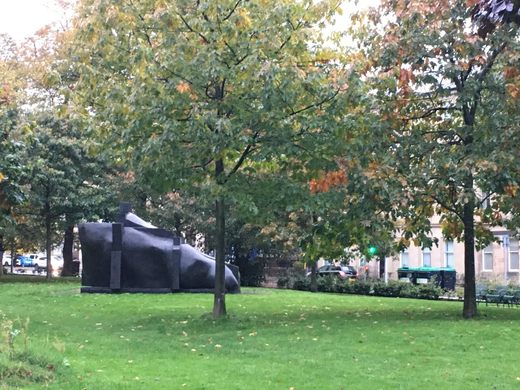


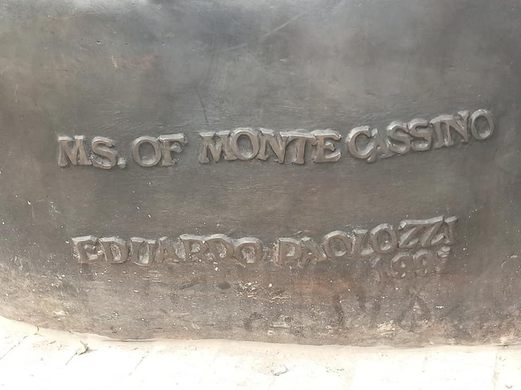
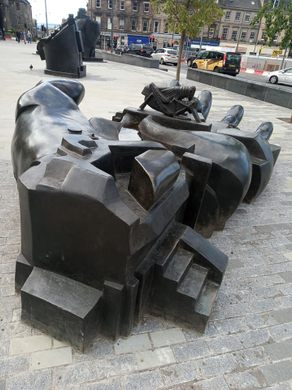

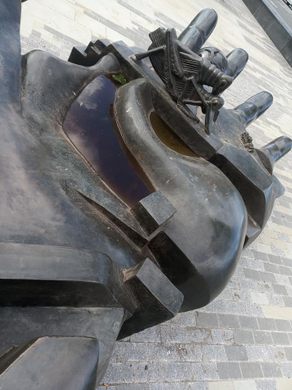

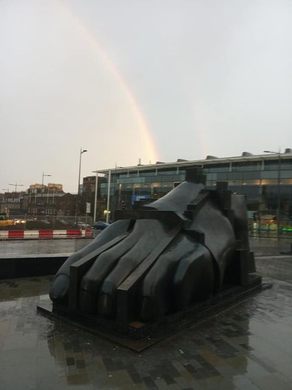







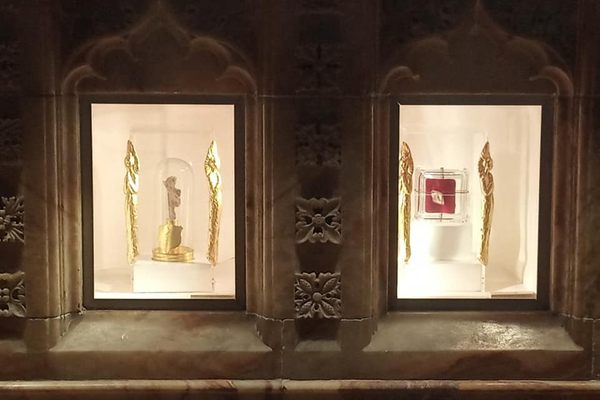

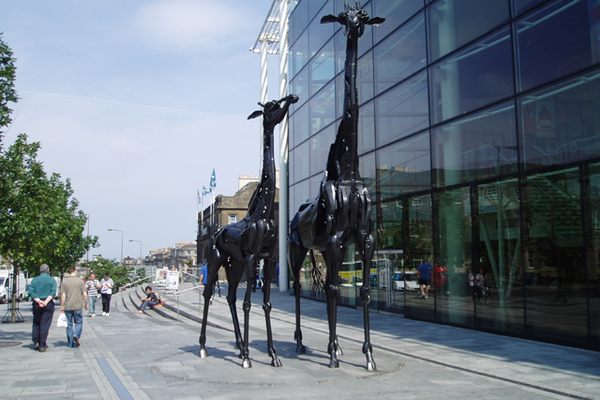




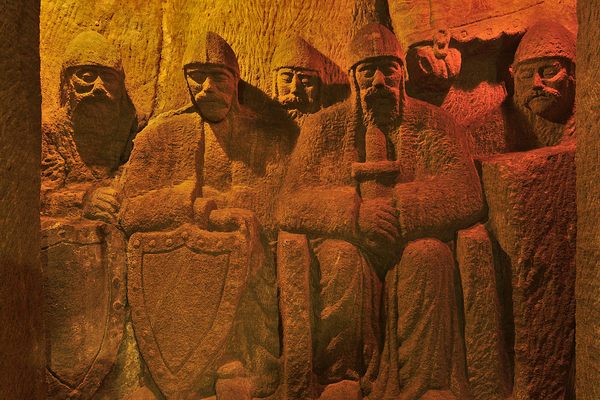

Follow us on Twitter to get the latest on the world's hidden wonders.
Like us on Facebook to get the latest on the world's hidden wonders.
Follow us on Twitter Like us on Facebook